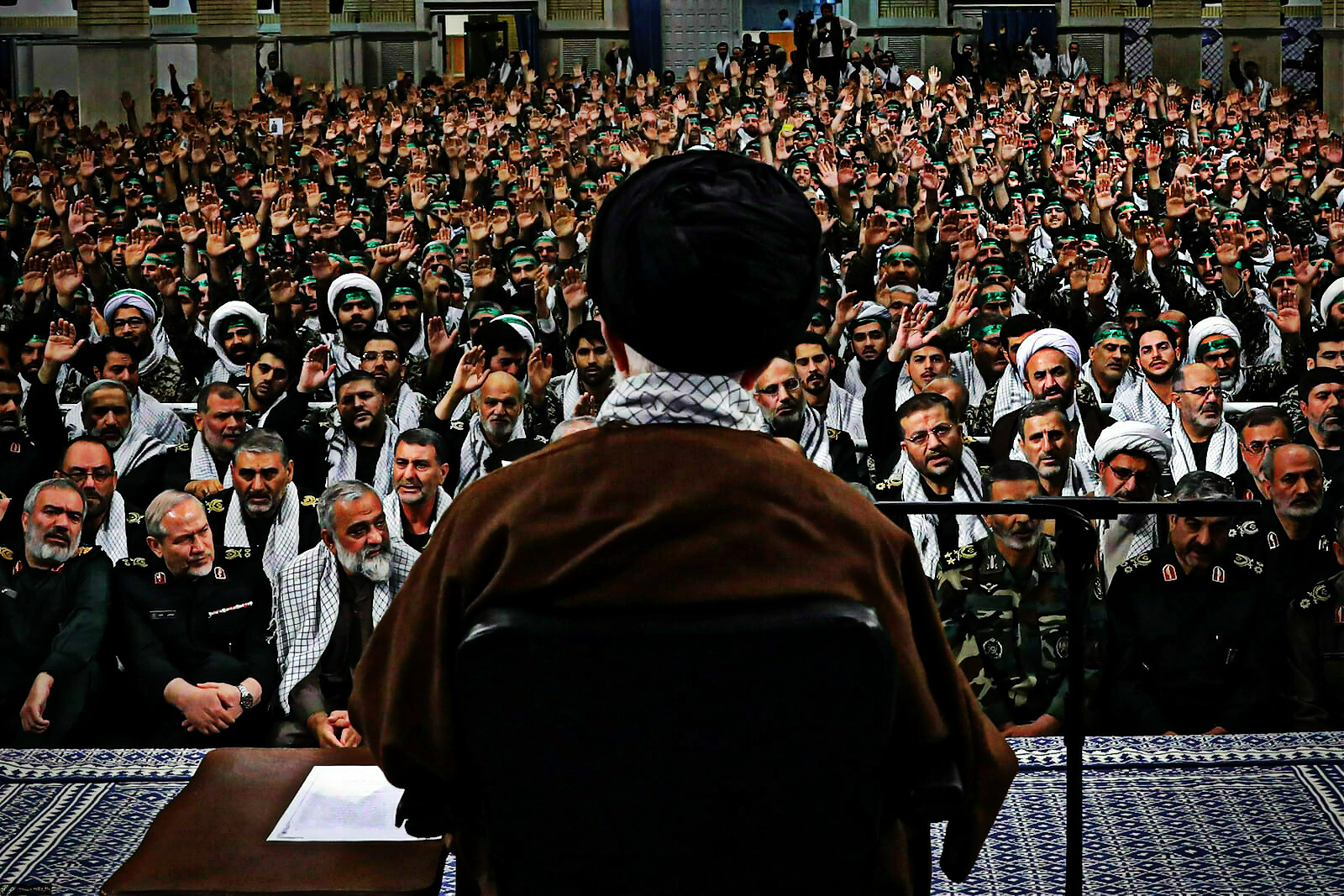
Wave of Iran Executions and the Slow Global Response
In view of all the changes that the world has witnessed over the past four decades, and the ups and downs that Americans themselves have experienced, one would expect to have seen major changes in certain areas of U.S. policy.
Yet, somehow, in at least one area of foreign policy, stagnation has prevailed since the end of the 1970s, through seven presidential administrations, and countless other shakeups in Washington’s power structure. The 1979 revolution in Iran had a transformative effect on America’s understanding of Middle Eastern affairs. Yet the four decades of persecution and executions in Iran, including a recent wave of executions, have seemingly done little to change U.S. policy towards the ruling clerics that usurped power in 1979.
Such a dramatic transformation of Iran’s political identity and regional role should have led to a broad realization that anything is possible, and nothing is set in stone. But for some reason, leading policymakers in both Washington and Brussels seemed to retroactively identify the 1979 anti-monarchic revolution as something inevitable. Worse still, they quickly began to set policies in ways that prevail today and suggest that they also believed its effects were irreversible.
Of course, a certain set of those effects will prove to be permanent. As much as Reza Pahlavi, the son of the last Shah of Iran would like to convince the international community otherwise, there can be no return to the former monarchy in Iran. The Iranian people were remarkably unified in deposing that repressive and corrupt dictatorship, and the present-day population remains aware of how justified that change was, and how disastrous it would be for everyone if Iran tried to turn back the clock.
But one thing that Western policymakers seemingly fail to understand is that the populist demand for the Shah’s ouster did not equate to the approval of Ruhollah Khomeini, who installed himself as the supreme leader through deception and dictatorial tendencies. A regime was thus established that merely replaced a monarchical dictatorship with a religious one. As anyone who was in Iran at the time can attest, the overwhelming majority of the Iranian people shared a democratic vision for Iran’s future after the Pahlavi dictatorship ended. At the time, one of the great tragedies of world affairs was that the Iranian people were forcibly robbed of that vision. Were it not for Shah’s persecution of secular intellectuals, groups, and organizations, Khomeini and his gang of mullahs would have never succeeded.
In the ensuing 44 years, it has become an even greater tragedy that the same vision has been kept just barely out of reach by a set of circumstances that include conciliatory Western policies toward the Islamic Republic and a general misunderstanding of what would be possible if those policies changed. Throughout that time, international discussions of Iran policy have tended to reinforce the notion that the mullahs’ hold on power was unbreakable and that even if the existing regime were to collapse, the result would only be chaos. This has fueled an overall obsession with negotiations, often leading to unearned concessions and wildly out-of-balance agreements, extensive relief from economic sanctions, and affording the regime the means to consolidate power, even as it continued to move steadily toward a nuclear weapons capability.
To the Iranian people’s credit, such a revolution may have already begun to take shape with last year’s reaction to the killing of Mahsa Amini by Iran’s morality police. The incident sparked unprecedented nationwide unrest and soon gave rise to explicit calls for regime change and chants of “death to the oppressor, whether the Shah or the Supreme Leader.” The clarity of such slogans leaves no doubt that the Iranians of today have the same democratic aspirations as their predecessors did in 1979. But this time, they also have an established leadership structure, a political framework to guide them, and the organization to sustain months of protests.
It is heartening that progress has been made in the U.S. Congress in the alignment of U.S. policy with the will and aspirations of the Iranian people. Of note is the work of the Iranian Women Congressional Caucus, a forum for lawmakers dedicated to the cause of Iranian women’s rights. This caucus is co-chaired by Reps. Nancy Mace (R-SC), and Sheila Jackson Lee (D-TX), who are leading the charge in supporting the Iranian people’s struggle for self-determination.
Many in the Iranian diaspora community are holding out hopes that members of the U.S. Congress and the White House and its allies can formulate a coherent Iran policy that includes pursuing legal accountability for Tehran’s past crimes and advocating for the closure of Iranian embassies and institutions in Western countries, which are potential steps that could support the Iranian struggle for freedom and justice.
